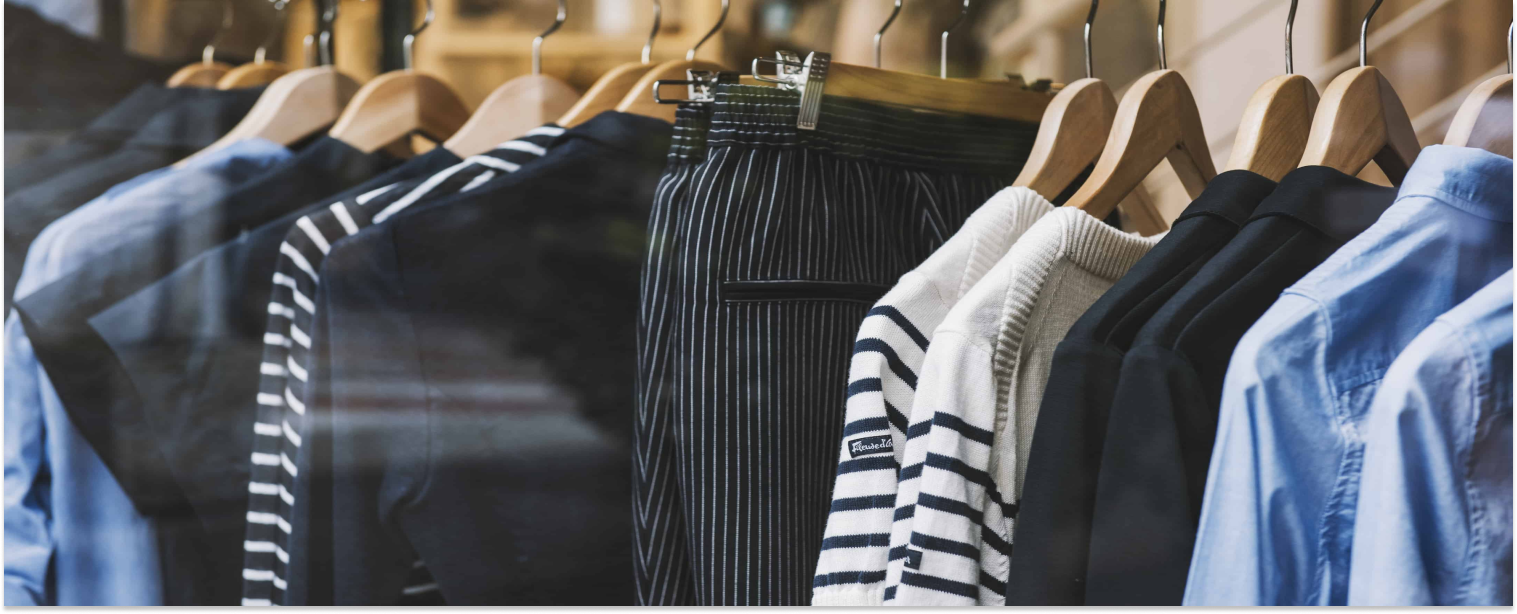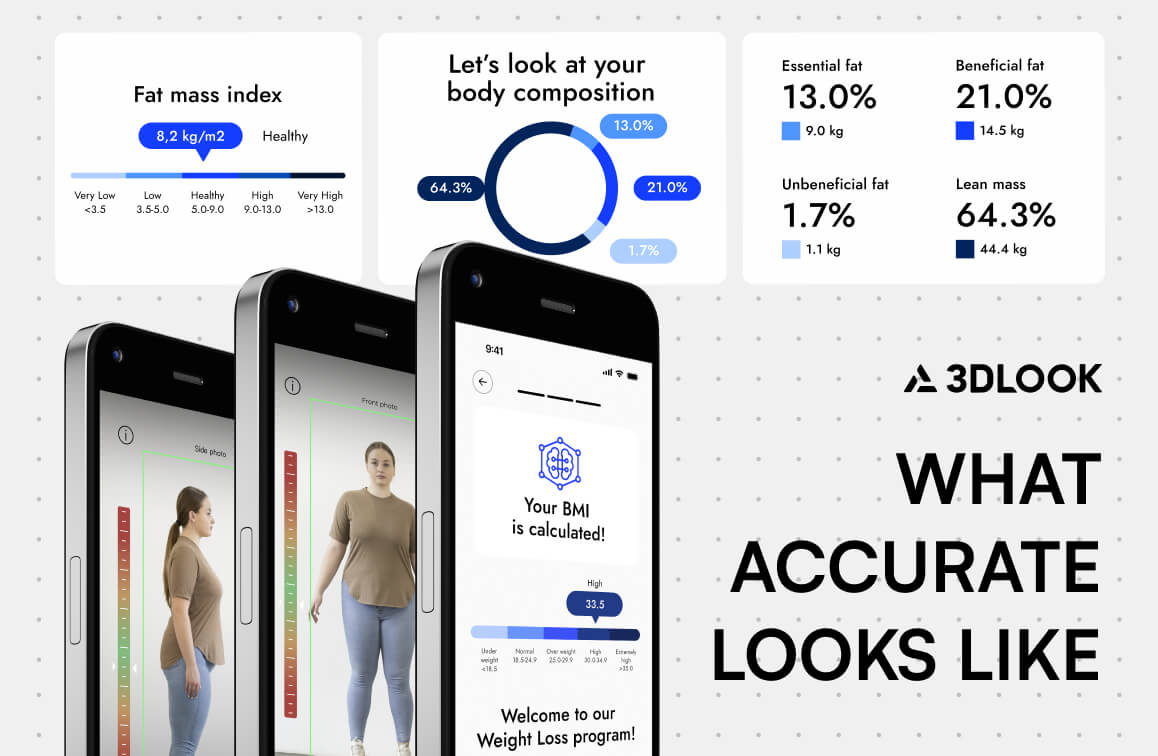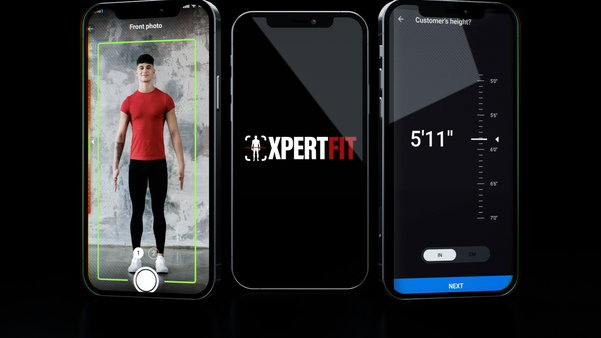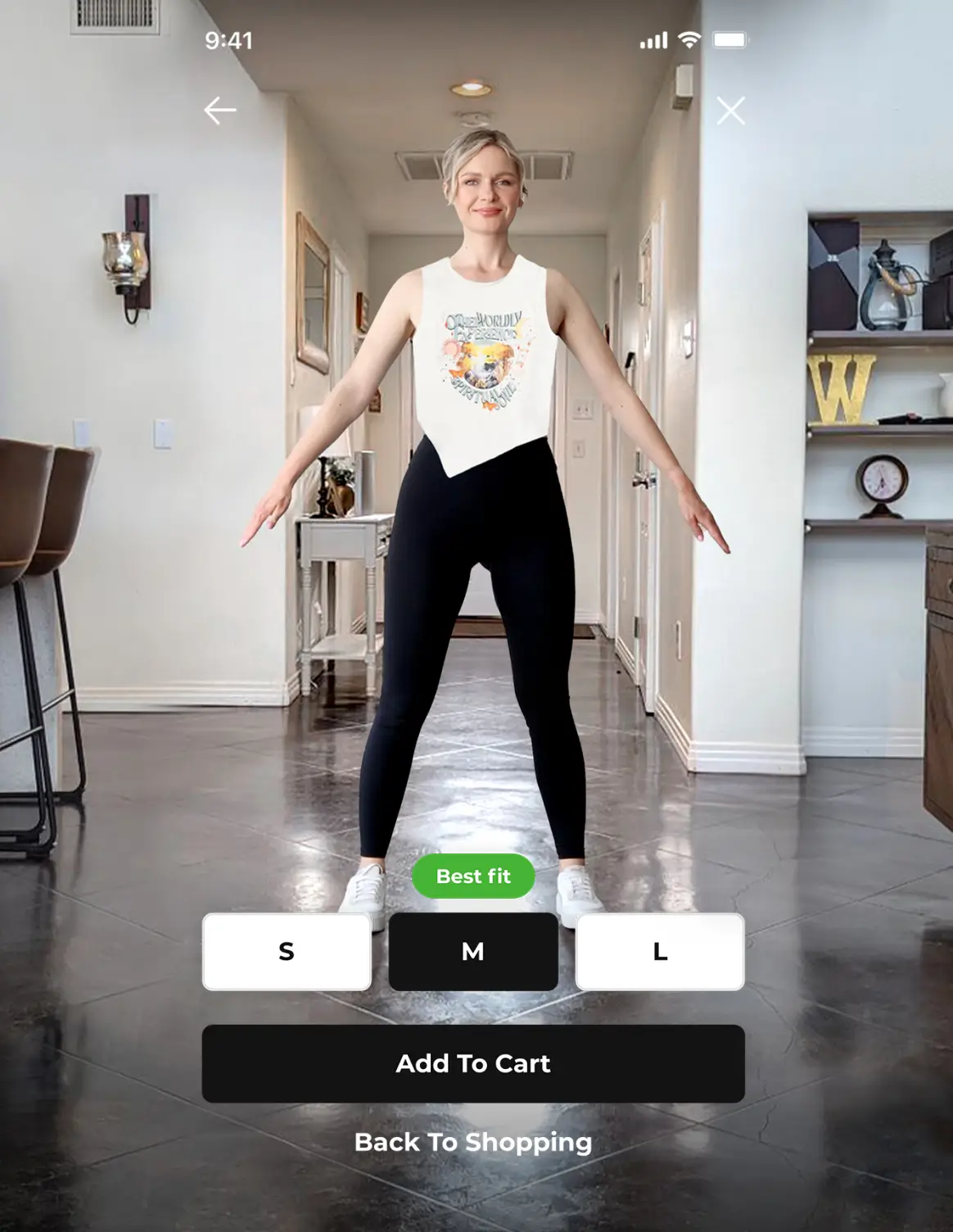Misaligned fit contributes significantly to the $550 billion in returns and billion more in surplus inventory that retailers must cover each year. This will only worsen in the wake of COVID-19, as shoppers are forced online to make their purchases. According to McKinsey’s The State of Fashion 2020: Coronavirus Update report, 18% of consumers expect to increase their spending via e-commerce channels. Retailers are already seeing this spike in online activity, with e-commerce apparel sales – which have a return rate that is almost double that of in-store purchases as a result of inadequate descriptions and the inability to try on garments – having climbed by 34% in April according to Adobe’s Digital Economy Index.
As well as the financial implications, poor body measurement insight is also damaging efforts to reduce waste in the fashion industry. The industry accounts for 20% of all global water waste and 10% of global carbon emissions. Yet, almost three-fifths of all clothing manufactured ends up in landfills or incinerators within a few years. With 90% of consumers now stating that companies have a responsibility to address environmental and social issues, gathering better insight into consumer body shapes and sizes would reduce waste, encourage more sustainable apparel production, and subsequently raise customer satisfaction.
The era of guesswork is over
The fashion industry continues to struggle with fit. This is due to the design and manufacturing of products based on abstract, aggregated data and inadequate grading rules, which fail to consider not only the differences in sizes but also how fit preferences and tastes change from one size to the next.
In the past, fashion has tried to solve this issue using size surveys. Key measurements such as height, bust, waist, and low hips, were collected from sample groups and used to determine an average for each measurement. However, as figures collected through 3DLOOK’s body data platform show, there is often a clear misalignment between approximated segments and genuine customer bodies.
Data captured by 3DLOOK on behalf of 1822 Denim, an inclusive women’s denim brand focused on consumers of all body types, shapes, and sizes, helped the company to gain insight into how their customers differ between US states. The data showed considerable differences in height, chest, waist, abdomen, low hips, thigh, and inseam measurements, with state averages differing significantly from the national average in numerous cases.
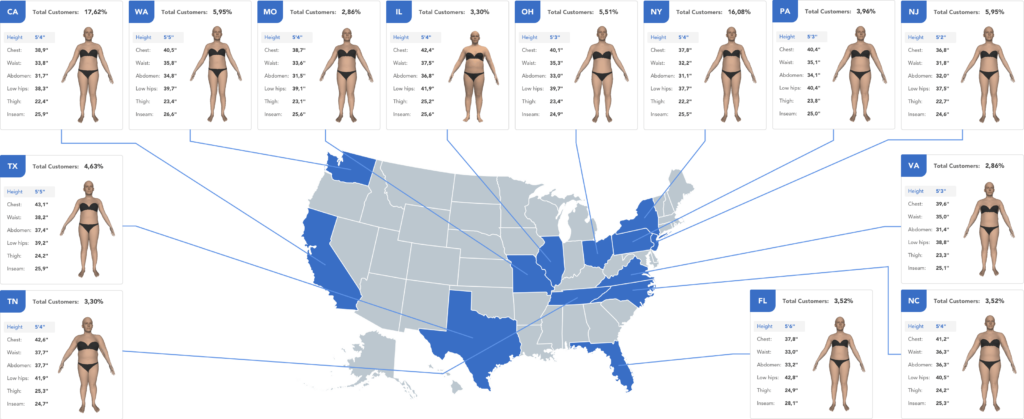
Understanding your customers is now of critical importance – shoppers expect the brands they interact with to understand their wants and needs more than ever before. By collecting and analyzing data, retailers can offer consumers the next-level personalization that they now expect.
According to BCG, with greater personalization, consumers are 110% more likely to add additional items to their basket. This can help brands to drive down product surplus while ensuring that customers are making purchases that won’t find their way back in a free return bag.
Putting customer body data at the center of your development cycle enables you to design for your customers, rather than an abstract and often inaccurate representation of them.
3DLOOK has made figuring out what size to buy easier for our customers which they love, and we now have enough data collected to put it to work. We are going to be able to make changes in our product development and planning process that will allow us to maximize the fit opportunity and cut down on returns and waste while also re-targeting products to customers with similar body shapes.
Tanya Zhrebiec | Vice President on Innovation and Strategy at A3 Apparel Group, parent of 1822 Denim
3DLOOK and the body data that it collects can help retailers to offer a greater level of personalization in a number of ways. The technology maps a consumer’s unique body measurement and shape data to product data, to deliver measurement, shape, and fit analytics of each customer profile through a dynamic dashboard. With just two photos, consumers receive visualized fit recommendations that help them quickly understand how specific areas of a garment will fit their unique body shape so that they can choose the size that they prefer.
Get in touch to learn how 3DLOOK’s body scanning technology and Body Data Platform can help your business to start capturing and analyzing valuable segmented body measurement data today.
